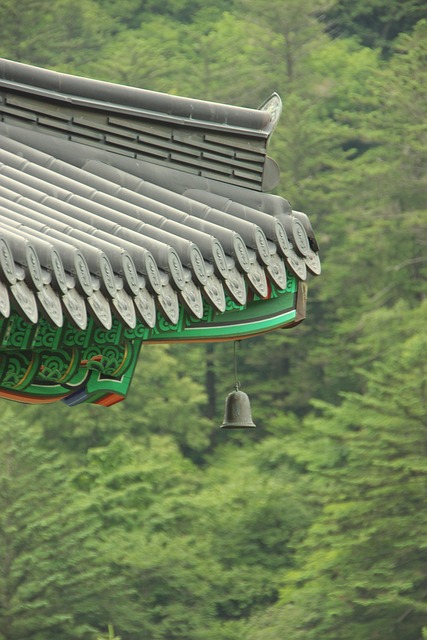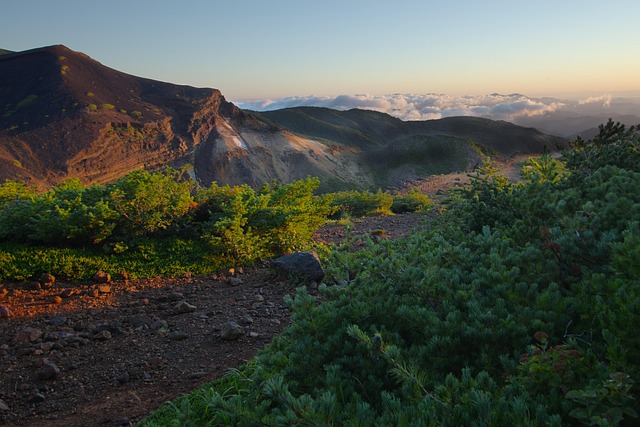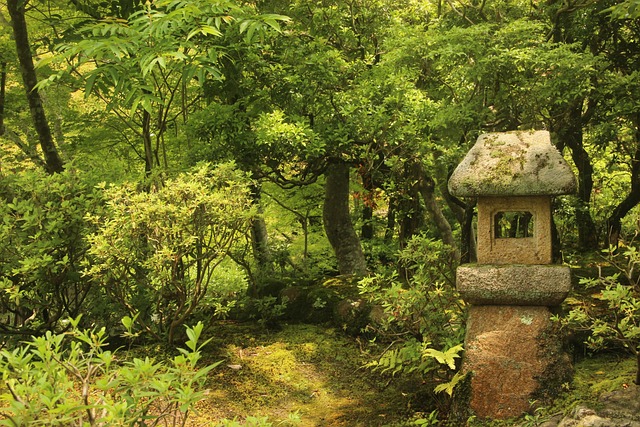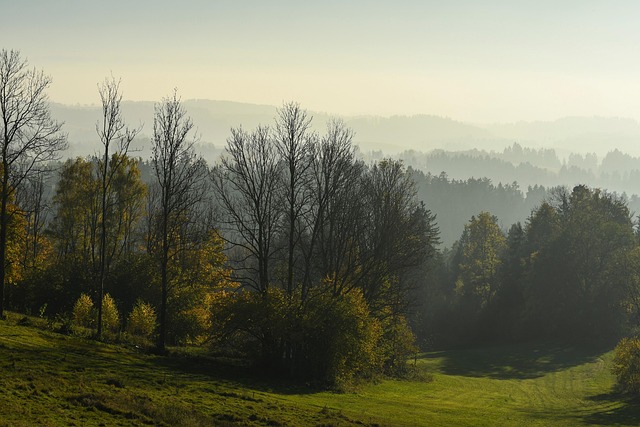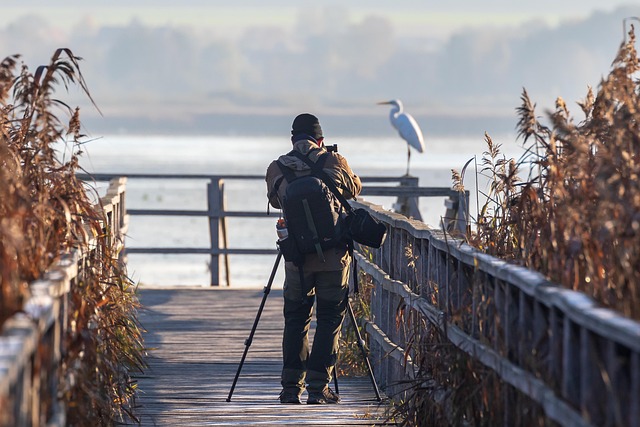Botanical gardens offer an enchanting and tranquil setting for group gatherings, with diverse plant species, scenic paths, and dedicated event spaces. Key amenities like seating, restrooms, water fountains, and covered areas make them ideal for bonding, relaxation, and memorable experiences. These gardens promote creativity through art, scavenger hunts, and picnics, while educational workshops foster knowledge exchange and a deeper connection to nature, leaving a lasting impression.
Looking to organize an unforgettable group gathering? Consider botanical gardens—a green oasis perfect for cultivating connections. This article guides you through the process, from selecting the ideal location to uncovering essential park facilities that cater to your needs. We explore creative ways to harness botanical gardens’ unique features, enhancing group bonding and creating lasting memories. Discover how these natural spaces can transform your event into a vibrant symphony of shared experiences.
- Choosing the Perfect Botanical Garden Location for Your Group Gathering
- Essential Park Facilities for a Successful Event
- Enhancing Group Bonding: Creative Ways to Utilize Botanical Gardens' Features
Choosing the Perfect Botanical Garden Location for Your Group Gathering

When planning a group gathering, selecting the ideal location is key, and for nature enthusiasts, a Botanical Garden offers an enchanting setting. These verdant oases provide a tranquil environment, perfect for fostering camaraderie and creating memorable experiences. Look for gardens with diverse plant species, scenic walking paths, and perhaps even dedicated event spaces to accommodate your group’s needs comfortably.
Consider the accessibility of the garden, ensuring it is easily reachable for all attendees. Many botanical gardens offer picturesque backdrops, from ornate fountains to lush meadows, which can enhance the overall ambiance of your gathering. With their unique beauty and peaceful atmosphere, these natural sanctuaries create an ideal backdrop for bonding, relaxation, and quality time with your group.
Essential Park Facilities for a Successful Event

When planning a group gathering in a park, ensuring certain key facilities are available can significantly enhance the overall experience for all attendees. One of the most popular choices is a botanical gardens area, offering a serene and aesthetically pleasing setting for events. These gardens not only provide a picturesque backdrop but also offer diverse plant life that can be incorporated into decorative themes.
Additional essential park facilities include ample seating areas, both under shaded structures and open spaces, to accommodate different activity levels. Well-maintained restrooms and water fountains are crucial for comfort and convenience during the event. For larger gatherings, consider dedicated event spaces with covered areas to protect against unexpected weather changes. These amenities collectively contribute to creating a memorable and successful group event in a park environment.
Enhancing Group Bonding: Creative Ways to Utilize Botanical Gardens' Features
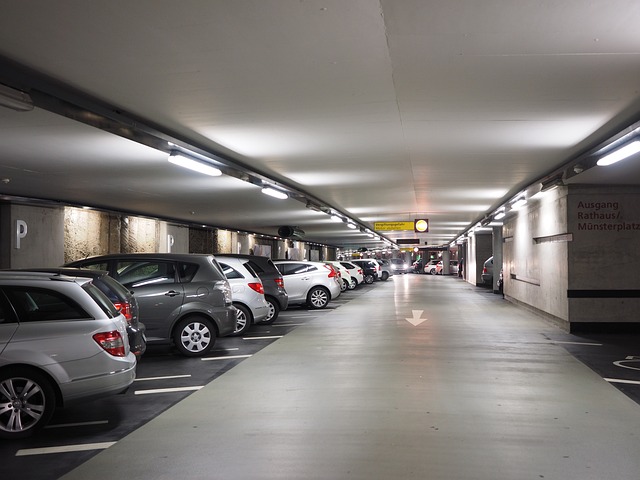
Botanical gardens offer a unique and serene environment that can significantly enhance group bonding activities. The diverse plant life, from lush trees to vibrant flowers, provides an inspiring backdrop for team-building exercises and social interactions. Group members can engage in creative tasks like designing botanical art, participating in scavenger hunts among the greenery, or even hosting a themed picnic within the garden’s peaceful setting. These activities not only foster camaraderie but also encourage collaboration and communication in a natural, calming atmosphere.
The features commonly found in botanical gardens—such as winding paths, serene water bodies, and specialized exhibits—can be leveraged for interactive games and discussions. For instance, a guided meditation or yoga session among the flora can promote mindfulness and stress relief among group members. Additionally, organizing workshops on sustainable gardening practices or local flora identification can spark knowledge sharing and foster a deeper connection to nature. These experiences collectively contribute to memorable gatherings that strengthen relationships and create a lasting impact.





